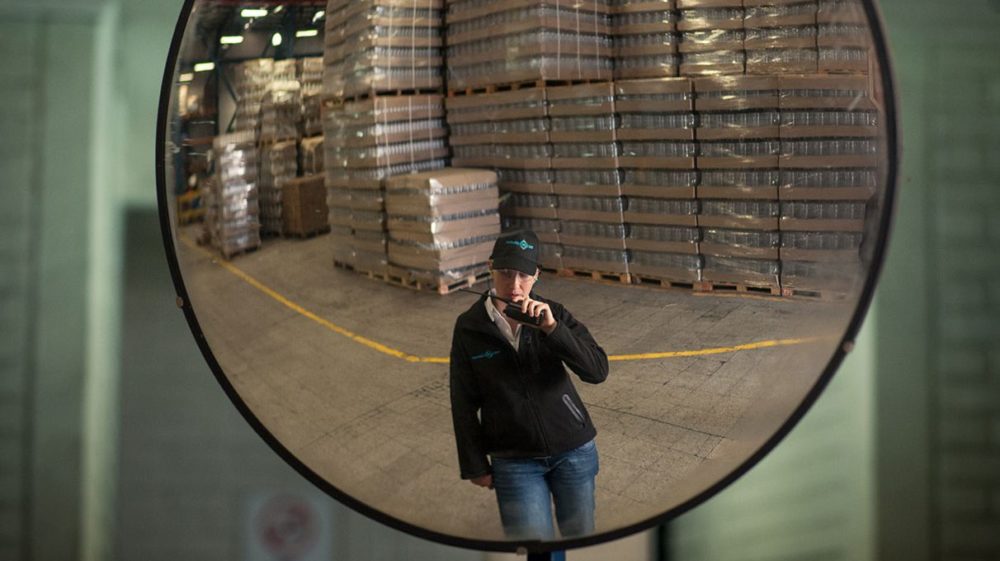We’re committed to ensuring that Clorox manufacturing facilities around the world comply with, and often exceed, what’s required by federal, state and local laws and regulations. The scope of the work done to help ensure we meet those requirements is significant. Learn more >
Includes:
- Biodiversity
- Emissions
- Managing Environmental Compliance
Biodiversity
We believe it’s critical to protect forest lands, wetlands, water bodies and fish populations as well as plant and animal species and the habitats that support them. Clorox’s overall impact on biodiversity is insignificant given the nature of our operations and the type of products we manufacture. Most of our operations are not located on or near wetlands. One exception is Clorox’s Aberdeen, Maryland, plant. This facility is surrounded by natural wetlands that Clorox is committed to protecting. We’re also committed to:
- Complying with global, federal, state and local biodiversity legislation and regulations.
- Going beyond legal and regulatory requirements whenever possible to ensure our manufacturing operations do not negatively impact biodiversity, natural habitats, wetlands, forest lands, fisheries or local plant and animal species.
- Increasing employee awareness on the issue of biodiversity through volunteerism opportunities and ongoing education.
- Supporting biodiversity efforts beyond where we operate when we believe we can make a meaningful contribution.
Emissions
Clorox is committed to ensuring our facilities are compliant with our air permits that limit the use and release of volatile organic compounds (VOCs), particulate matter sulfur oxides (SOx) and nitrous oxides (NOx) wherever required. As part of that process, we submit annual emissions inventory reports to state agencies, which are all publicly available.
We also look for ways to reduce particulate matter VOC, SOx and NOx emissions. A number of projects are underway to make our manufacturing practices more efficient, and we are currently investigating new reduction technologies for potential future implementation.
While minimal amounts of fluorinated gases (F-gases) are part of our equipment and manufacturing processes, we are diligent about recycling, reusing and minimizing their use.
The primary F-gas within our operations is Tetrafluroethane (R134a), which is used for our industrial refrigeration system. R134a in our industrial units and plant facilities works in a closed-loop system. When we service our industrial equipment, we have certified technicians who capture R134a and then return it into the system after maintenance.
Managing Environmental Compliance
All Clorox facilities follow a customized environmental management and compliance program. Through implementation of an environmental management system, we are able to track, report and ensure their environmental compliance. Site-specific compliance activities driven by this system include all federal, state and local permitting requirements. Sustainability activities such as greenhouse gas reporting and water usage are also tracked in this system.
The robust notification-based system provides weekly and monthly reminders and deadlines for environmental compliance tasks and activities. It also facilitates compliance task planning by our environmental coordinators, who are located at each of our sites, and provides important regulatory compliance deadline information to our site managers. Employee training and thorough recordkeeping ensure our facilities consistently meet regulatory requirements as well as help ensure the safety of our employees and surrounding communities.
Additionally, our manufacturing facilities undergo regular inspections by federal, state and local government regulators that focus on health, safety and environmental compliance for all product lines.

